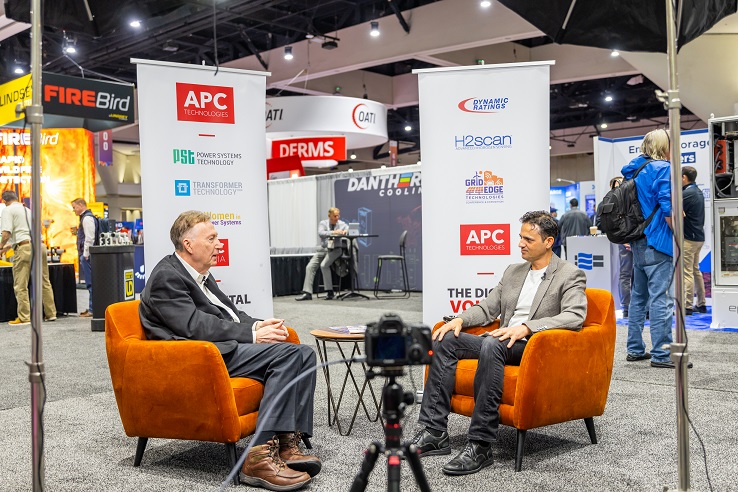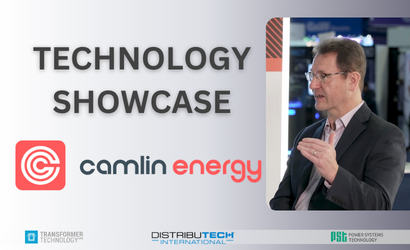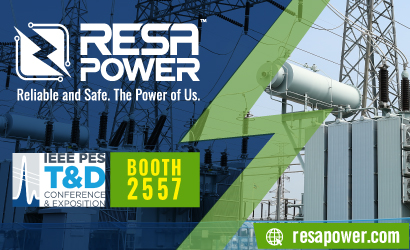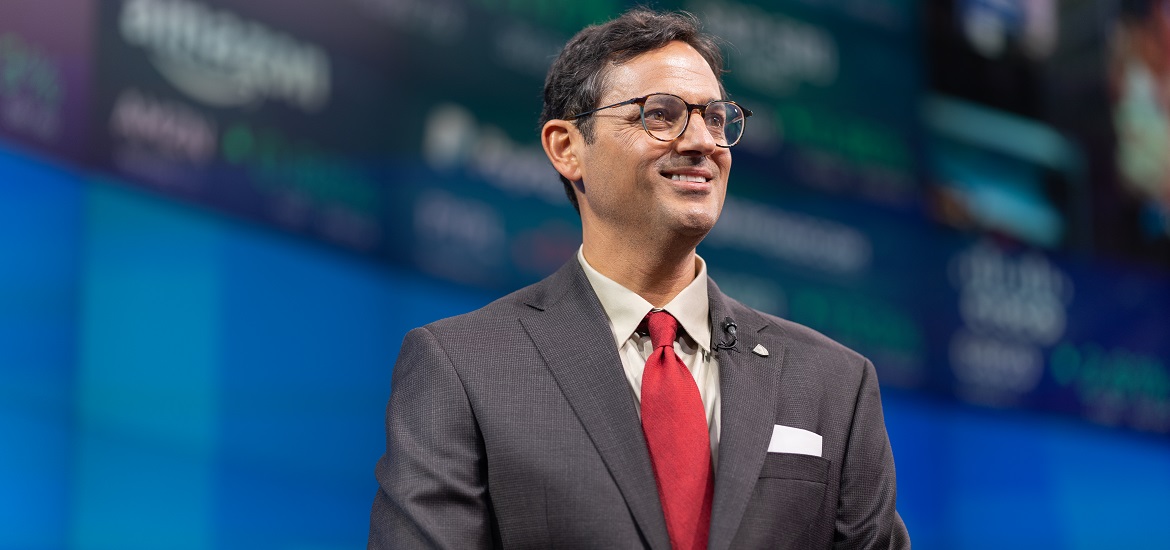
Source; Dragonfly Energy
Interview with DENIS PHARES
CEO of Dragonfly Energy
If things are centralized, there's a risk that energy doesn't get delivered to where it needs to be. So as things become more distributed, especially storage, we're stabilizing the edge.
Alan Ross
Hi. I'm Alan Ross. I'm the managing editor of APC Technologies. My next guest is Denis Phares. He is the CEO of Dragonfly Energy.
I have a lot of questions about Dragonfly. Tell me a little bit about how you got involved with the company. When did it start, why did you start it?
Denis Phares
Well, I got involved with the company because I started the company. It really came out of technology that I was developing on the manufacture of lithium-ion electrodes. I was working on a way to do it in a more streamlined and inexpensive way, ultimately to reduce the cost of storage. And I had been a professor for twelve years, so I was sort of accustomed to development of technology, filing patents, gaining grant money. I started the company; I just went full speed and left tenure. It was scary. My colleagues thought I was crazy. My wife thought I was a little nuts. But I guess you have to be when you're entrepreneurial.
AR
Excellent. We're going to get back to Dragonfly, but before we get there, what is the definition of grid edge in your mind?
DP
In my mind, grid edge encompasses hardware, software, innovations associated with distributed power. We're talking grid-tied buildings, homes, what goes on there, and that interacts with basically the centralized power generation and distribution.
AR
How about renewables changing what we define as the grid edge? Because now they're at the grid edge.
DP
You define it now with renewables, particularly with solar, the energy generation occurs at the edge of the grid. Not exclusively, but it at least contributes a great deal.
AR
I used to define the grid as step down. There was large scale generation, and then you step down, it's now step everywhere, because it can be coming from somebody's battery system in their home, the Tesla firewall they got there, but it is a uniquely changing thing. How is electrification of transportation going to change the grid edge in your mind?
DP
I've spoken a lot about this. It is an issue, because basically, a third of our energy usage in general is transportation. We're used to having that generated in the internal combustion engine in the car. Now all of a sudden, it's going to be delivered to the car from the grid. If we don't move a lot of that generation and storage out to the edge, it's going to make things very difficult, because if it continues to be centralized, it's too much of a stress, too much transmission. I really think this is an exciting time. It's going to be a complete paradigm shift to how the grid behaves when all of transportation eventually becomes grid tied.
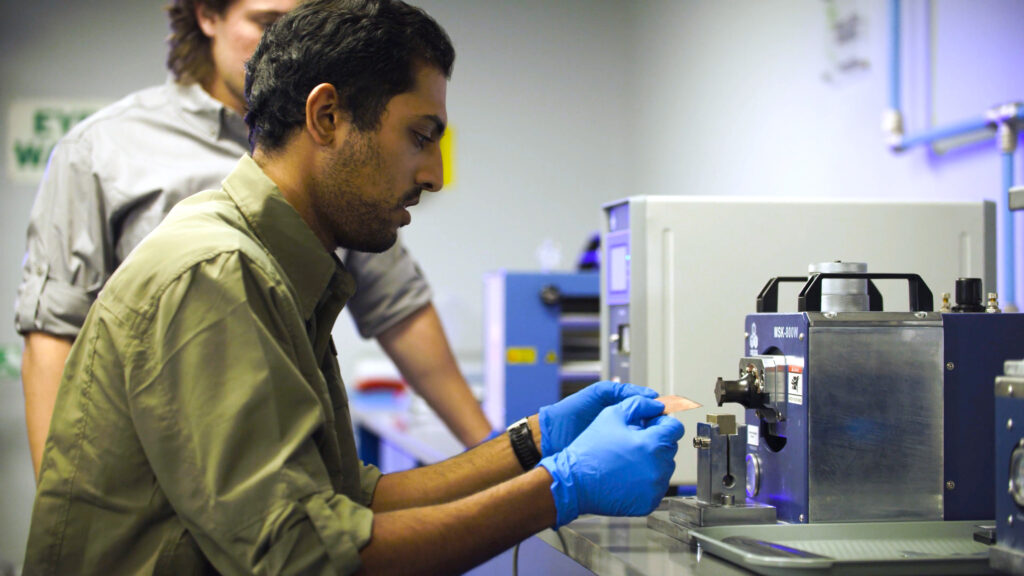
AR
In that statement you've just defined a lot of the challenges that we have. How do we bring about this paradigm shift? Because you also add to it the fact that labor forces are changing. We don't have as much of it. Technology has to change in order to make all of that happen and to make it make sense, right? What is the role of technology in creating this new grid edge across the board?
DP
Technology is required to make things cost effective. Change can't happen unless it actually is cost effective, it just won't. You can have so much subsidies to drive it, but ultimately, to be self sustaining, the technology has to make sense in terms of cost effectiveness for us to change the system in this way and make transportation grid-tied. There's cost, there's efficiency. Because without efficiency you don't have stability of the grid. You have to create a system where, regardless of how much needs to be delivered to accommodate transportation, the grid doesn't go down. If we want more renewables and intermittency onto the grid to sustain such a large transition, we also need storage. Therefore, storage ultimately is going to be a big part of it.
Change can't happen unless it actually is cost effective, it just won't. You can have so much subsidies to drive it, but ultimately, to be self sustaining, the technology has to make sense in terms of cost effectiveness for us to change the system in this way and make transportation grid-tied.
AR
I agree with you, everything else is going to be a struggle if we don't have a better way of storing power than we have today. Because the intermittency of wind and solar, although it's great that we can produce renewable energy, and it's going to decarbonize, it can only make that gigantic leap if we can store it when we don't need it.
Talk about storage in general, because that's your background. You've already made the case for how important it is. But talk about where we are now and where you think we're going to be as it relates to storage in order to make the grid efficient, reliable, safer, more able to handle some of these extreme events.
DP
I think when we talk about storage, we think about batteries, but it's not all batteries, there's all kinds of storage; mechanics, pumped hydro is a great example of that. But we've often focused on centralized storage, large storage facilities. When we start talking about distributed storage and storage at the grid edge, lithium becomes a big part of this. Not just batteries, but lithium, because now you do need the energy density of lithium. And I think the focus of lithium research historically has been propulsion and electric vehicles, transportation, right? But those metrics are different when you're talking about actual grid storage. Levelized cost of storage is important. Safety is huge, because now you're not talking about replacing gasoline tanks in a car with battery power. We know that works, we know that consumers are okay with that. Think about storage systems in your home. Safety and flammability become a big part of it. And that's where I think we need to focus.
AR
I just read a report that allegedly, China has cornered a lot of the lithium market. When you think of countries and how they do it, there is this competition for a resource that is more and more scarce as we use more and more of it. Talk about that, the use of lithium and the growth of the use of lithium.
DP
Well, you talked about two different things here. There's the politics associated with the fact that China has basically subsidized the export of products that we historically haven't wanted to make here. And we facilitated a great rise in China, and China's done a great job. It makes me sad to think that we are in this political situation, because China has enabled us to even make this technology possible. But that's not sustainable. We need to bring that manufacturing here. That brings the second point, which is the resource. Where's the lithium? Certainly, there's lithium in China. There's lithium in South America, which China has access to, more than anyone else in the world. But there's lithium here in the United States, in Nevada. That's why Dragonfly Energy is there. We've got a number of mines that are going to be coming online over the next few years. There are more and more discoveries of lithium that occur that are going to propagate the increase of lithium mining, which is important.
Ultimately, the way I see it is, if you get lithium out of the ground, it's going to sell. We're going to make batteries; we're going to sell it. There's not a lot of downstream competition as much as upstream competition. Who gets access to the lithium? That's what I think companies in the US need to focus on – getting access to lithium. But ultimately, the US has to produce and mine lithium, so that we can be on the world stage and not just produce lithium here, but also export batteries to where they're needed globally.
AR
Let's talk specifically about Dragonfly and what you're presenting here on the Grid Edge stage on the topic of distribution. Talk about your presentation and what it’s about.
DP
Well, I've spilled the beans already a little bit. I focus on those two metrics – cost and safety, why they are important, and how Dragonfly is approaching it. I did mention that a lot of the focus of electrochemical research has been for propulsion. Our focus has been to sort of turn that around and look at the manufacturing of the cells in order to bring down the cost. We powder-coat electrodes. It's a very streamlined, inexpensive process to make cells. But what we've noticed is we're able to powder coat all solid-state cells, ceramic-heavy composite electrolyte, which means they're also non-flammable. So if you have something as energy dense as lithium, and yet it is non flammable and can be deployed in homes, that is a solution for the storage at the grid edge. That's what I'm talking about, and that's what we're excited about.
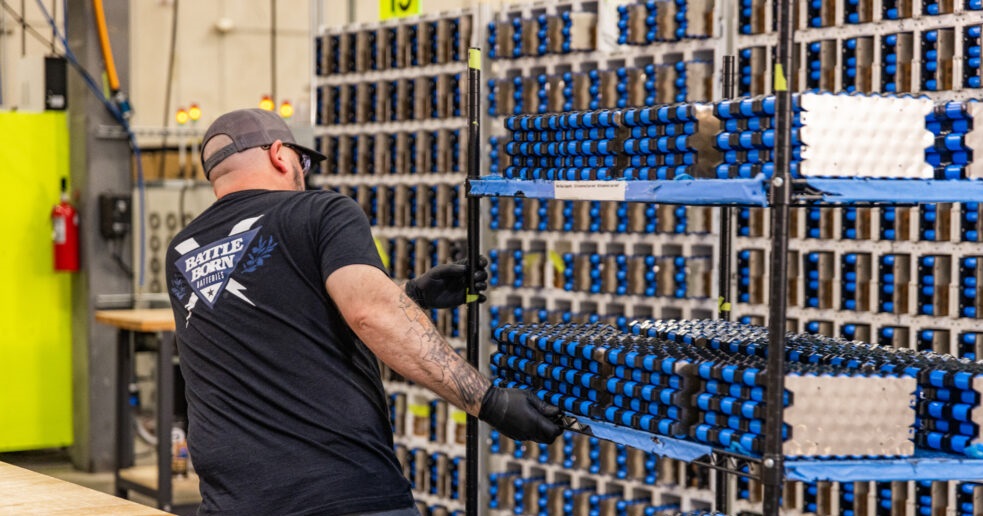
AR
Okay, but doesn't that also positively impact lithium-ion batteries in transportation?
DP
You're right, it does, because you're trying to stabilize the grid, and that's a great way to do it. You need distributed storage. You need centralized storage. You need everything that you can get in order to facilitate the electrification of transportation. It is going to be important that some of the lithium that comes out of the ground now goes to the grid. It doesn't all go to vehicles. I think that is sort of a challenge that we're addressing.
AR
We have a cohort in the data center world. In a recent panel discussion that we had, we talked about how data centers are now installing battery storage systems. They're not just relying on generators anymore, which run for 3 hours, and then they stop running. They've had a lot of problems with generation, so in order to maintain reliability in a data center, now they're saying they got to have storage. It goes to the same thing. They're going to rely on lithium-ion or lead acid. They're going to rely on something in order to make sure their data centers keep running, and they are growing larger and more critical to society. I assume the same thing is happening in transportation, data center storage, telecom. It's a nice time to be in Dragonfly Energy, isn't it?
DP
It's a nice time to be in storage, but specifically in distributed storage. The overarching point here is that, if things are centralized, there's a risk that energy doesn't get delivered to where it needs to be. So as things become more distributed, especially storage, we're stabilizing the edge. That's, of course, important for data centers. You want to have access if you need to charge your vehicles, you want to have access to the power and not have to rely exclusively on the centralized grid. In fact, we kind of look at the distributed storage as oh, that's going to be our energy buffer for when there's a lot of renewables on the grid. I prefer to think about it as the grid itself. The centralized grid is the buffer for what's happening at the edge, and I think that paradigm shift is going to elucidate why it's important to reinforce what happens in the buildings, in the grid-tied houses and businesses.
AR
That's a completely different way of looking at it and not necessarily the way the majority of the industry is looking at it. What role do utilities play in this when it comes to storage?
DP
A number of things. First of all, you can't do anything without buying from the utilities, so you have to come up with a system that makes it financially favorable for utilities to select renewable and storage. You need to work with the utilities to ensure that the deployment is in their benefit. We don't want to make everyone off grid, we want to have a sustainable grid. I know that utilities are actively pursuing distributed storage now. One of the roadblocks they're running into is the liability associated with the flammability of lithium-ion batteries. And each time, even if you have a safe battery like lithium-ion phosphate, you still have a flammable electrolyte, where, even if you don't initiate thermal runaway in the battery, because it's a safe system, if there is a fire in the house, for whatever reason, the presence of the storage system could make it potentially more dangerous for firefighters. We want to help solve that liability issue for the utility companies to help mandate distribution of energy storage in buildings. They can't mandate something that is dangerous to the homeowner.
